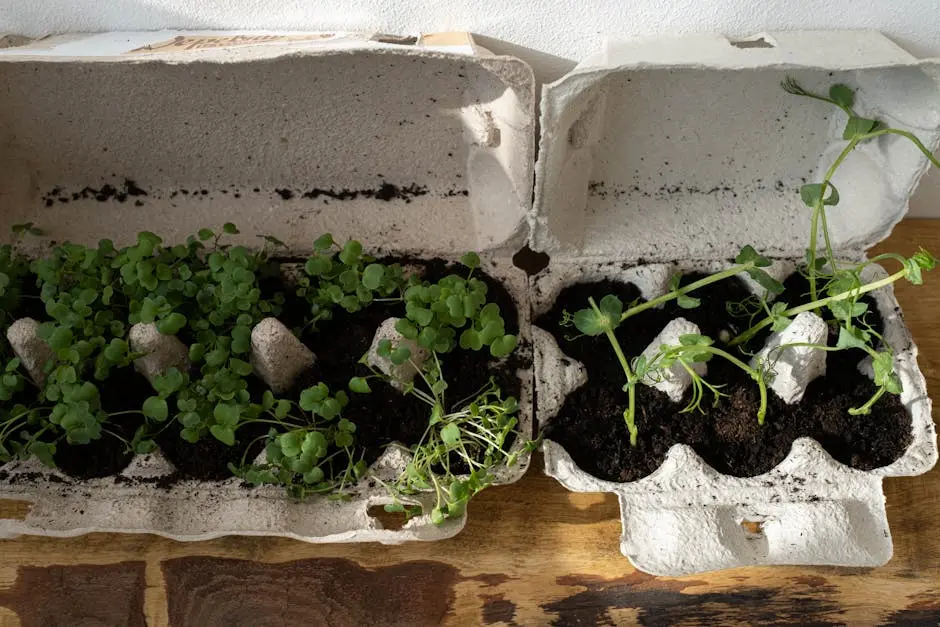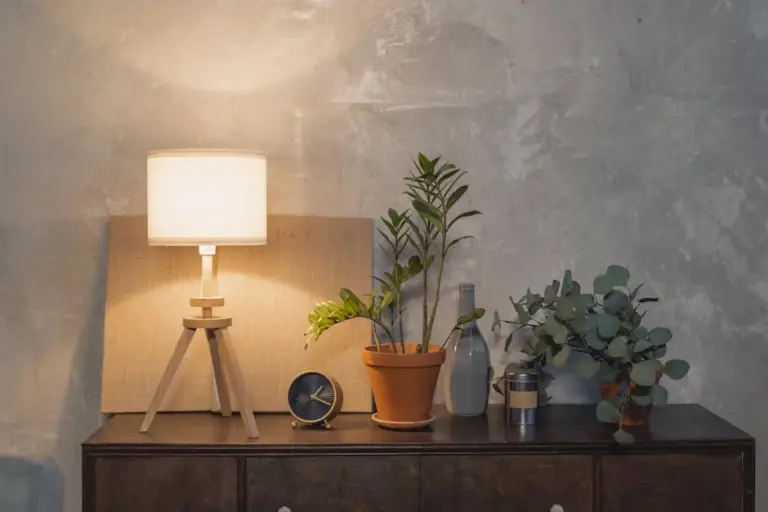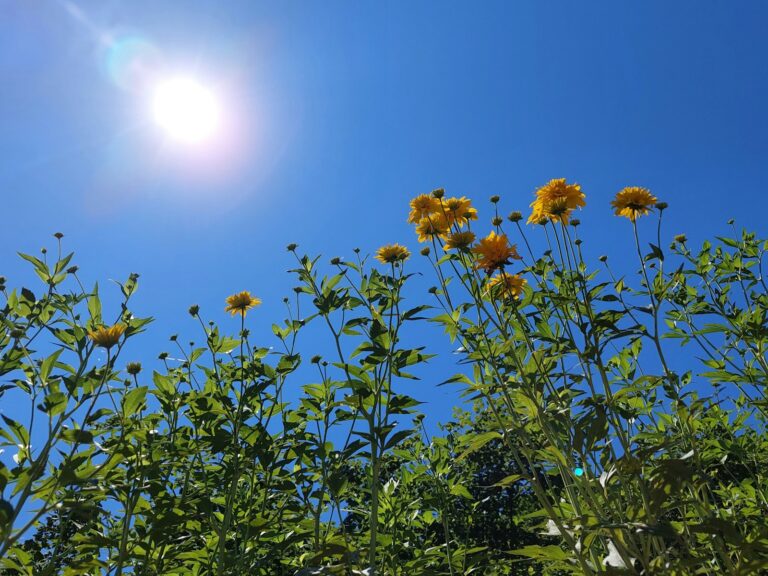How to Grow Your Own Salad Greens Indoors Year-Round
Growing your own salad greens indoors is a simple way to enjoy fresh, leafy vegetables no matter the season. Whether you have limited outdoor space or want to ensure a steady supply of greens year-round, indoor gardening can fit easily into your lifestyle.
You can grow a variety of salad greens inside your home with just a few basic tools and some care. This guide will help you get started and keep your indoor garden thriving throughout the year.
Choose fast-growing salad greens like arugula and mustard greens
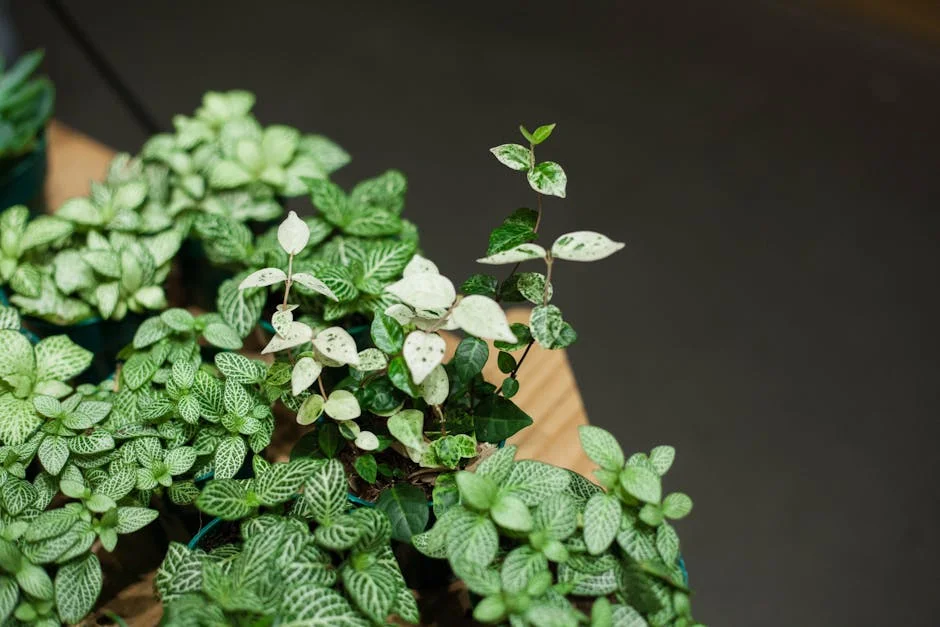
You’ll want to pick salad greens that grow quickly for a steady supply indoors. Arugula and mustard greens are great choices because they mature fast and add a nice peppery flavor to your salads.
These greens don’t need much space and adapt well to indoor conditions. You can start harvesting leaves in just a few weeks using the cut-and-come-again method, which lets your plants keep producing.
Growing fast-growing greens means you get fresh, tasty salad ingredients often without waiting long. They also mix well with other greens, so you can enjoy a variety of flavors in your salads year-round.
Use a seed tray or shallow containers for planting
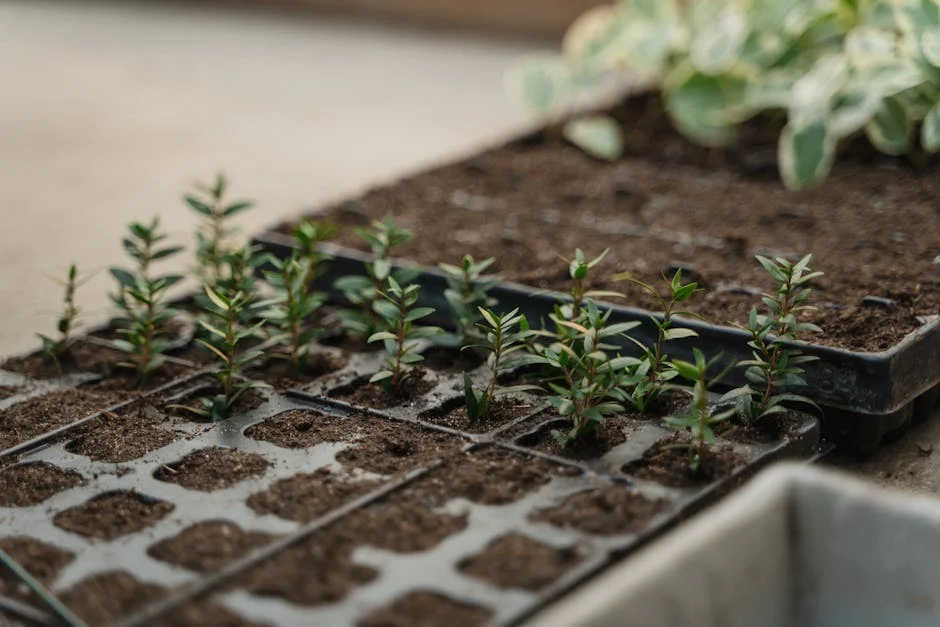
You can start your salad greens in a seed tray or any shallow container with good drainage. These containers help you control the growing environment and keep seedlings organized.
Fill the tray with a light, airy soil mix or coco coir for better root development. Sow seeds thinly to avoid overcrowding and cover lightly with soil.
Keep your tray in a warm, bright spot, but avoid direct harsh sunlight. You can cover the tray with plastic wrap or a humidity dome to maintain moisture until seedlings appear.
Select high-quality potting soil with good drainage
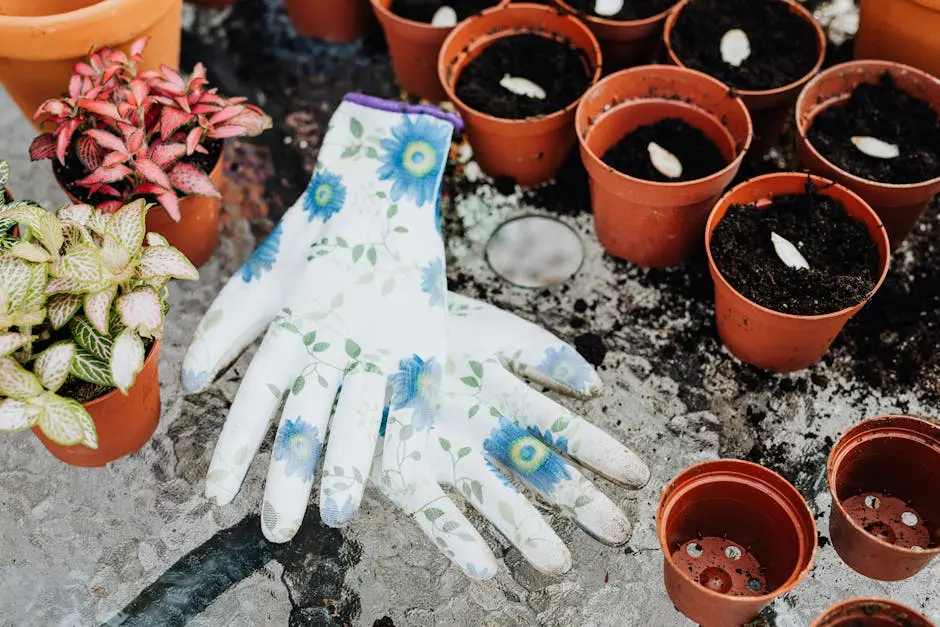
Choose a potting soil designed for container plants to help your salad greens thrive. It should be light and airy to allow roots to breathe.
Good drainage is essential. Your soil needs to let excess water flow out easily to prevent root rot.
Avoid using garden soil, which can be too dense and may contain pests. Instead, look for a mix that includes materials like perlite or compost for better water retention and airflow.
Using the right soil will make watering easier and support healthy growth throughout the year.
Place your greens near a sunny window with at least 6 hours of light
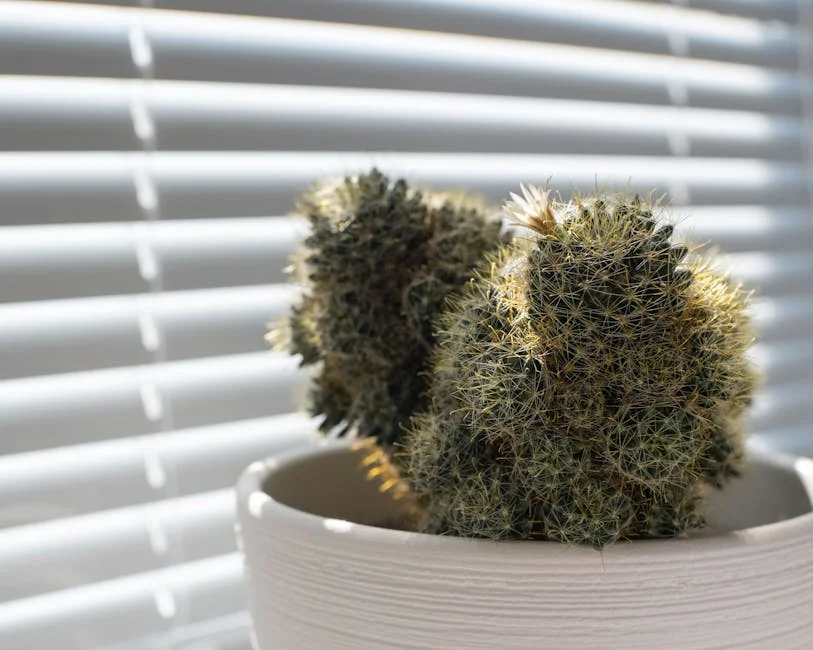
Your salad greens need plenty of light to grow well indoors. A south-facing window is ideal because it usually provides the most sunlight throughout the day.
If you don’t have a south-facing window, an east or west-facing one can work for more shade-tolerant greens like lettuce and radishes.
Try to give your plants at least 6 hours of direct sunlight daily. If that’s hard to achieve, consider using a grow light to supplement natural light and keep your greens healthy.
Supplement with LED grow lights on cloudy days or winter months
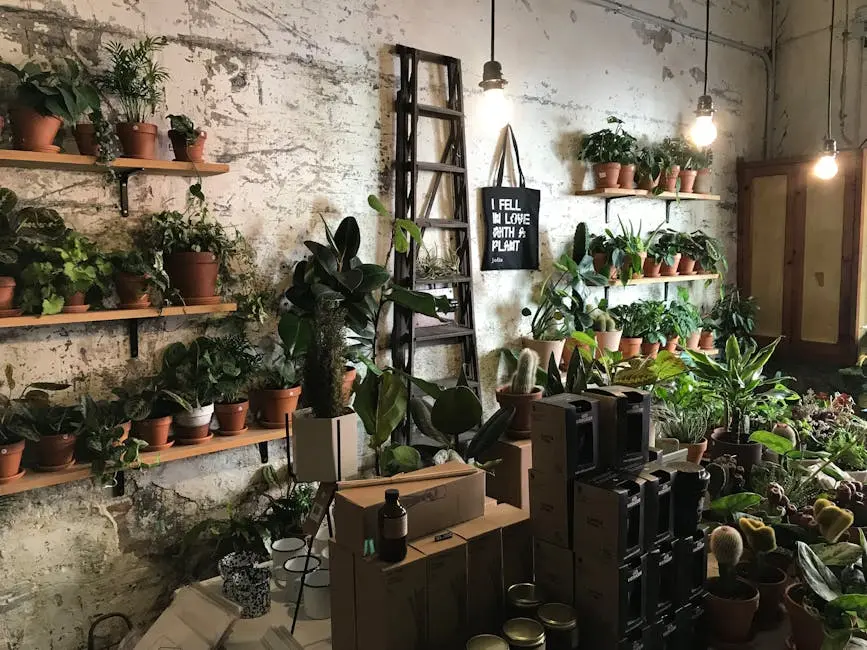
When natural sunlight is limited, especially during winter or cloudy days, you can use LED grow lights to give your salad greens the light they need. These lights provide the right spectrum and intensity to help your plants grow strong indoors.
LED grow lights are energy-efficient and produce little heat, making them safe to use around your plants. You can place them close to your greens without worrying about damage.
Using grow lights ensures your salad greens get consistent light daily. This helps you enjoy fresh, homegrown salads all year, no matter the weather outside.
Water consistently but avoid waterlogging the soil
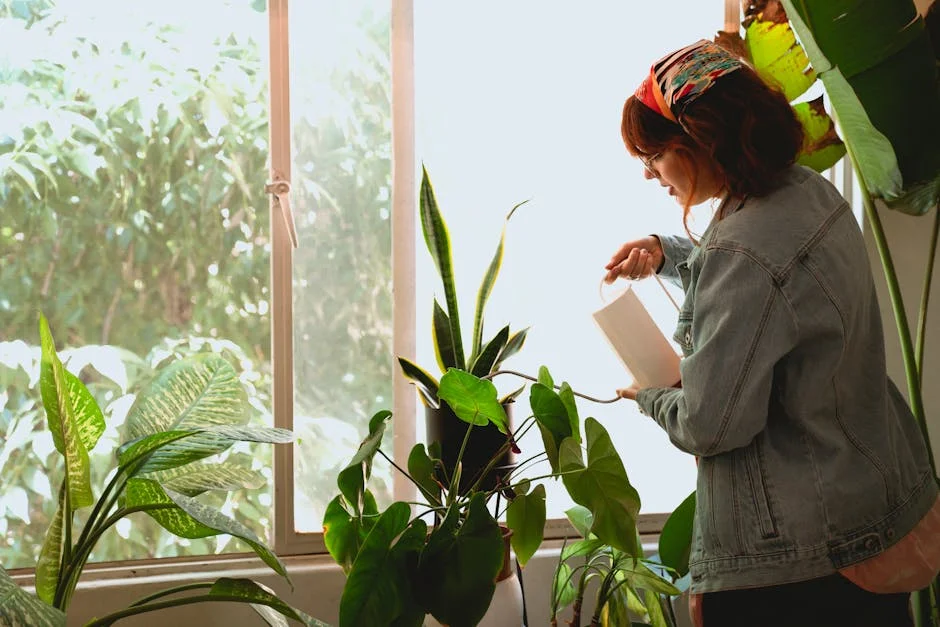
You want to keep your salad greens moist, but not drenched. Overwatering can cause the soil to become waterlogged, which suffocates roots and leads to root rot.
Check the top inch of soil before watering. If it feels dry, it’s time to water. Using a moisture meter or a simple wooden skewer can help you decide.
Make sure your containers have good drainage holes. Elevate pots slightly to allow excess water to escape. This keeps roots healthy and prevents soggy conditions.
Remember, consistent but moderate watering helps your greens thrive without the risk of standing water damaging them.
Thin seedlings early to allow space for growth
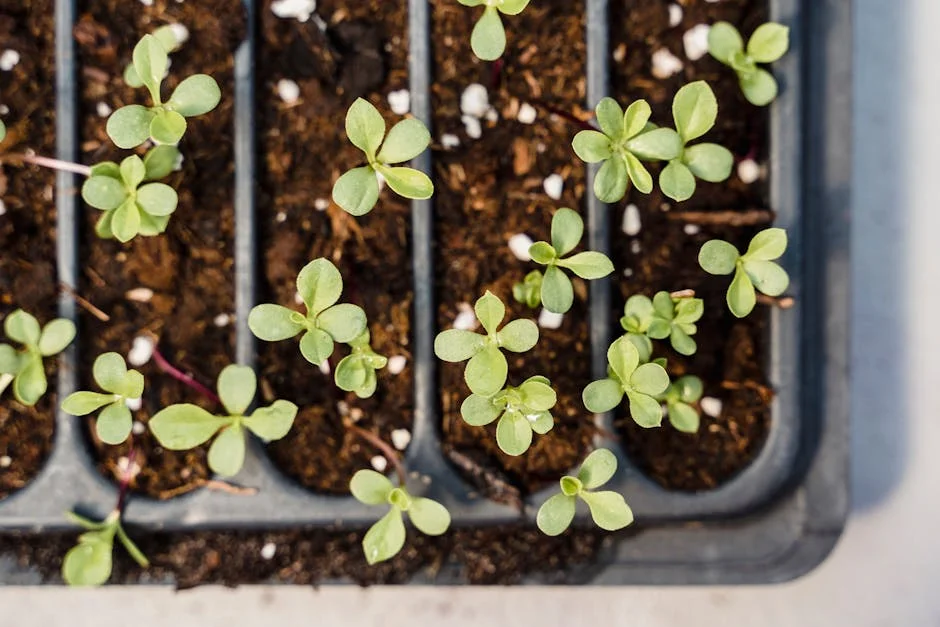
When your salad greens first sprout, you’ll notice many seedlings crowded together. Thinning them early is important to give the healthiest plants room to grow strong.
You want to remove the smaller or weaker seedlings, leaving only the sturdy ones. This helps reduce competition for light, nutrients, and water.
Make sure to space the remaining seedlings according to the seed packet’s recommendations. This creates enough room for their roots and leaves to develop properly.
After thinning, water your seedlings gently to avoid shocking them. Doing this early sets your greens up for a better harvest later on.
Harvest leaves regularly to encourage new growth
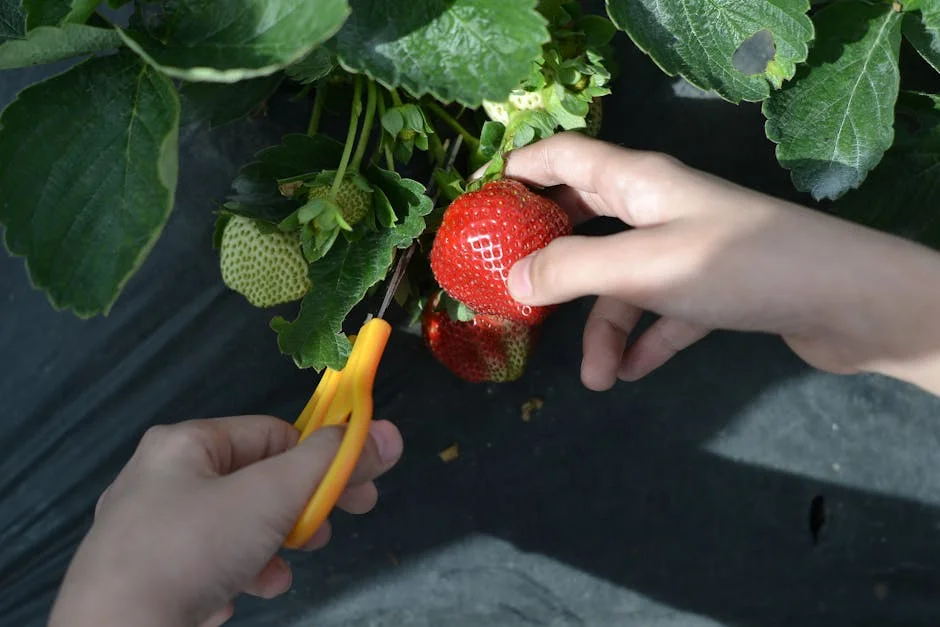
When you harvest your salad greens, use scissors to cut about an inch above the plant’s crown. This method helps protect the plant while allowing it to keep growing.
Focus on picking the outer leaves first. This lets the inner leaves continue to develop and ensures your plants stay healthy.
By harvesting often, you encourage your greens to produce more leaves. It creates a steady supply so you won’t run out quickly.
Regular cutting also prevents plants from becoming too crowded and improves air circulation. This reduces the risk of disease in your indoor garden.
Try sprouting seeds for a quick salad green harvest
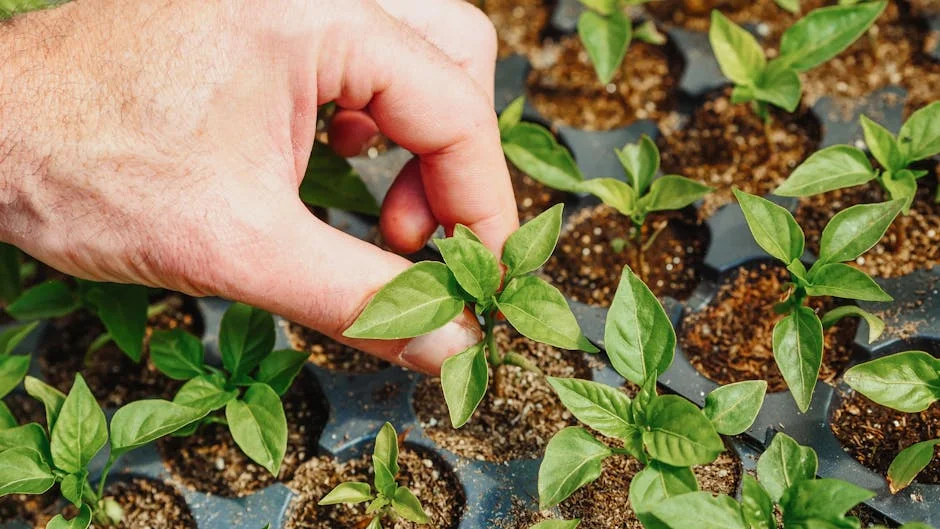
You can sprout seeds indoors to enjoy fresh greens faster than soil-grown plants. Sprouting requires only seeds, water, and a jar or sprouting tray.
Start by soaking your seeds overnight to help them germinate. Then rinse and drain them twice daily to keep them moist and fresh.
In just a few days, you’ll see tiny greens ready to add to your salads. Sprouts like alfalfa, radish, and broccoli are great choices for a nutritional boost.
Sprouting is simple, space-efficient, and a reliable way to have salad greens ready anytime. Give it a try to enjoy fresh flavors with minimal effort.
Mix different leaf types for varied flavors and textures
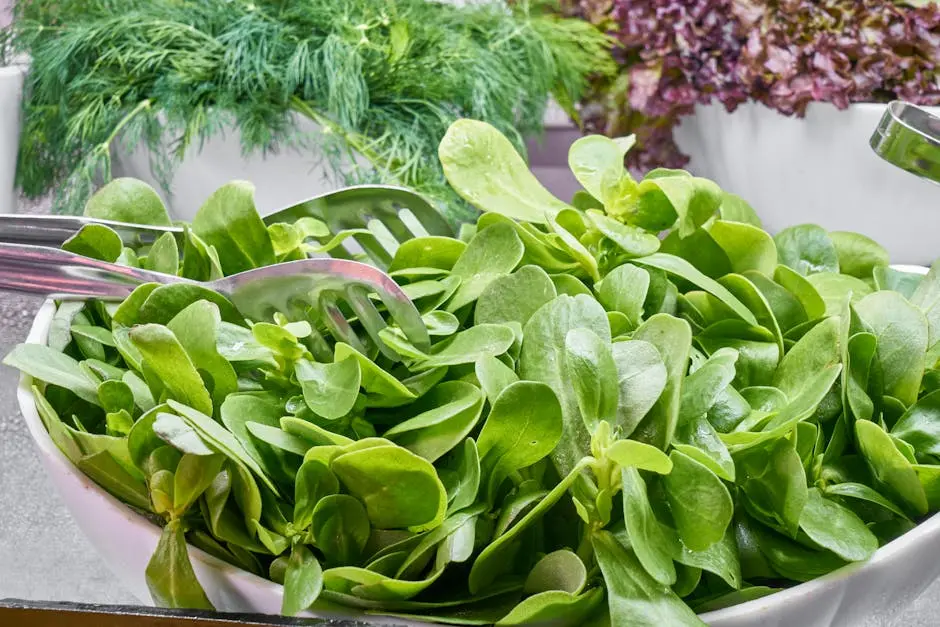
You can create a more interesting salad by mixing different leaf shapes and colors. Combining soft, tender leaves with crisp ones gives your salad a range of textures.
Try blending mild greens like spinach with peppery arugula or spicy mustard greens for varied flavors.
Leaf color can also add appeal. Greens with reddish or purple hues brighten your salad and offer subtle taste differences.
Experiment with varieties such as butterhead, romaine, and oakleaf lettuces to discover what you enjoy most. This variety keeps salads fresh and exciting all year round.

